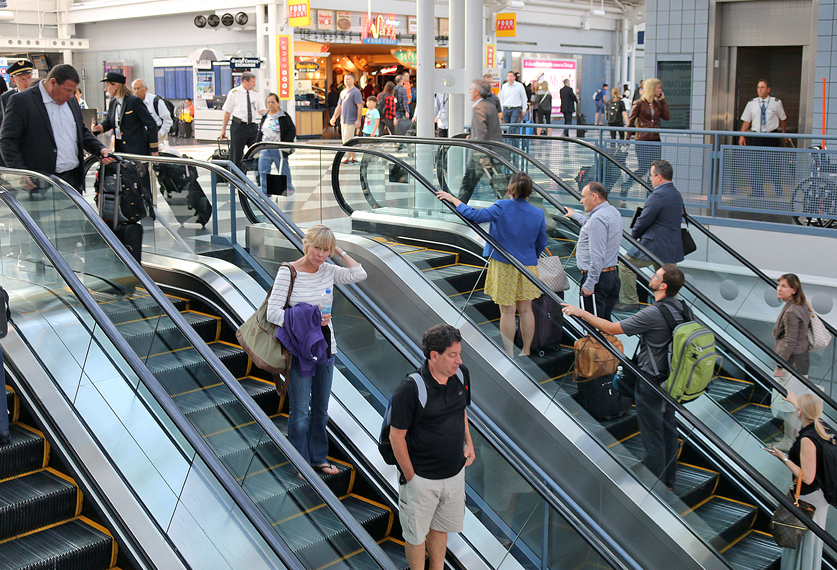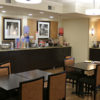At one point or another, you might succumb to the temptation of purchasing food items at an airport — even if you eschew the offerings at various establishments — during a long layover; if you have no access to an airport lounge; or if you had been traveling for 12 straight hours on flights which food options were minimal at best.
Think pretzels or peanuts and a small beverage with that last example.
7 Types of Foods You Should Never Buy at the Airport?
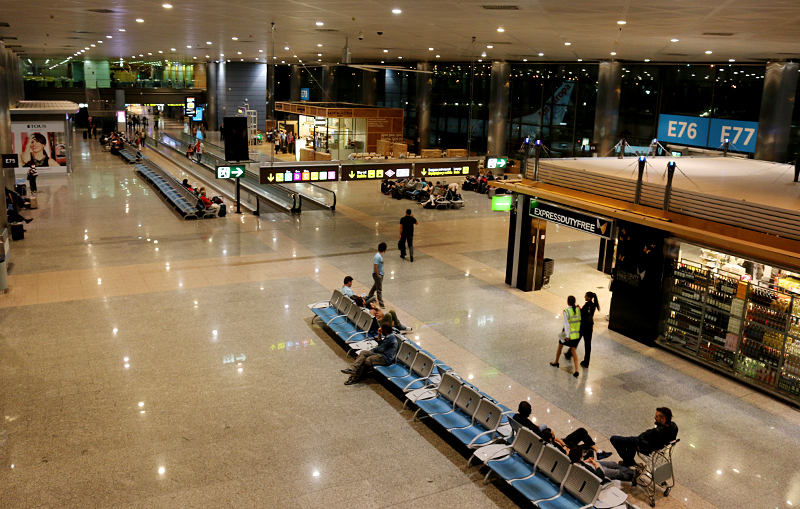
Reasons why travelers may not entertain the option of partaking in airport fare include limited choices; food which is less than enticing as an understatement; and the typical cost, which is usually more expensive than counterparts outside of the airport.
Lack of convenience may be another issue: at some airports, the best food options are landslide and you are airside; while at other airports, the opposite seems to be true. Going through the security checkpoint once can already be a stressful experience; so who wants to voluntarily do it again?
Still, some airports have strived to offer more of a dining and shopping experience at airports which would rival malls and other commercial areas — and at comparable costs. Reputable restaurants with familiar brand names are more plentiful at airports around the world in general these days; and a greater variety of options are being offered at some airports — from the quick coffee shop to the fast food outlet to the casual dining experience.
Even a fine dining experience can be had. In this article which I wrote on Saturday,
In the United States, One Flew South has been a favorite restaurant amongst FlyerTalk members for years. Located in Concourse E at the international airport which serves the greater Atlanta metropolitan area, passengers will dine there for the southern cuisine-gone-upscale — even if they are at a different concourse and are not traveling on a flight overseas. I have dined there several times; and I can tell you that the food is indeed above average and delicious — even if it is not a place to eat for the budget-conscious.
“Inflight food options, which used to be elaborate, have dwindled over the years”, according to this article written by Paul Schrodt for Money. “Still, there’s reason to be wary about the quality of food in airports, not least of all because of a 2015 FDA report citing poor sanitation practices in Los Angeles’ LAX kitchens.
Schrodt offers seven rules to ensure that “you get the tastiest, most dependable, and affordable bites the next time you’re at an airport” — which include my comments and thoughts.
1. Skip Fresh Produce and Salads
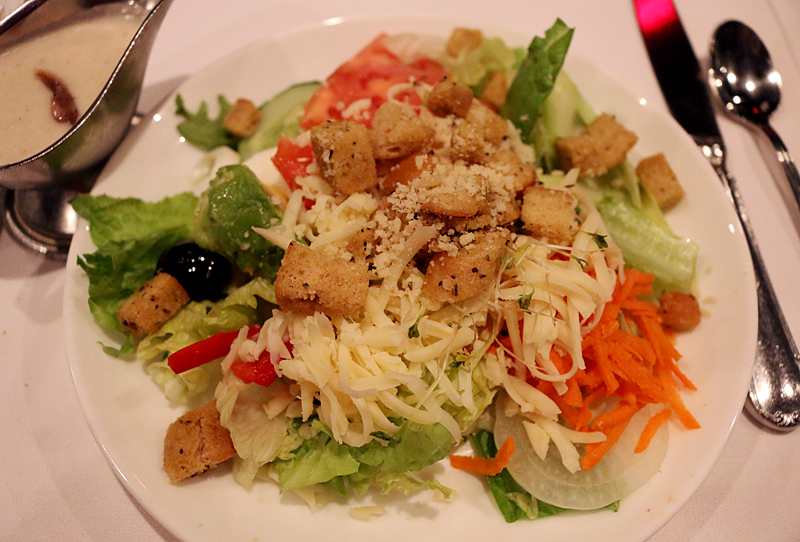
“It may seem counterintuitive if you’re trying to be health-conscious, but raw fruits and vegetables are at a higher risk of carrying bacteria that will make you ill”, Schrodt advised. “Given the hasty nature of many airport kitchens and uncertainties about transportation into terminals and how long some ingredients sit out in the frequently labyrinthine structures, it’s much safer to stick to cooked items. And no one wants a sad $12 salad with nutrient-deprived iceberg lettuce.”
I have seen those salads — both behind the glass case and on a tray table aboard an airplane about to be eaten — and I have to say that Schrodt is on the Money here…
…pun intended, of course.
You are better off going to a farmer’s market and choosing the best fresh produce and salads that you can buy. You will have more of a selection of fresher fruits, vegetables and salads from which to choose — and the cost should be less expensive than comparable items at the airport. Citrus fruits — such as oranges and grapefruits — and other items with a natural protective skin or peel which can be removed are your safest bets so that they incur minimal damage at best while traveling.
If you have the time and inclination, you can even purchase your own selection of vegetables to create your own custom salad with any dressing and accompaniments which you would like — sealed in as big or as small of a container as possible which can be tightly sealed — prior to traveling for arguably the freshest and most nutritious way to enjoy a salad.
2. Also Rare Meats
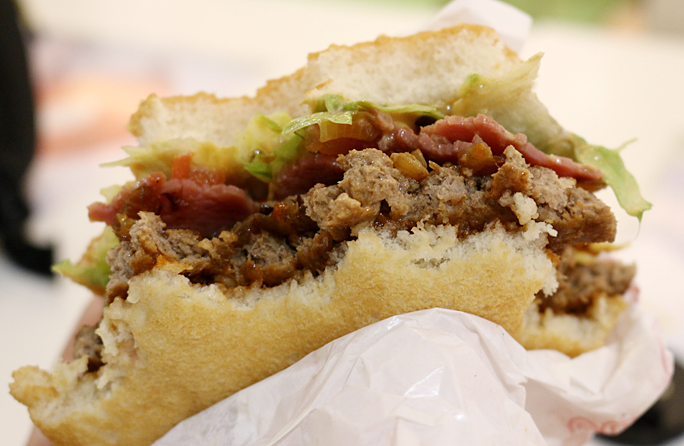
“A little pink in a burger is not cause for alarm. The USDA recommends an internal temperature of 160 degrees Fahrenheit for ground meats, 165 for poultry, and 145 for whole cuts of non-poultry meats. So a medium or even medium-rare steak, for instance, should be fine. Burgers, meanwhile, are a great value when eating out. But avoid anything clearly on the bloody-red side if you’re concerned about an airport vendor’s meat sourcing.”
I agree that hamburgers are usually a good option — whether of the fast food or casual dining varieties — but I prefer the meats which I eat to be from medium to well done in temperature regardless of where I dine. Anything cooler than medium is considered not cooked enough for me — and sometimes medium falls into that category.
Cue the shock — followed by scorn and criticism.
3. Order Simple, Comforting Items Like Fries and Eggs

What Schrodt is basically saying here is to not go on the fancy or upscale road in general — with few exceptions — but I disagree here, as fries and eggs would not be my first choices. Fries can either be limp and greasy or crunchy and overcooked — as well as overly salted — and although I do eat them occasionally, I am not much of an egg eater.
If you checked out of a hotel property that morning which offers a complimentary breakfast buffet, you may want to take a hard-boiled egg or two on the road, as they are easily portable; will not be messy; and are a nutritious option. A small box of cereal is another option which is fortified with essential vitamins and minerals — and it can help to stave off hunger until that next flight or until you reach your final destination. That is not stealing, by the way: hotel brands such as Hampton Inn have staff who are more than happy to hand to you a breakfast in a bag which you can take with you while you travel. They have even been known to give you a spare second bag for the road — and the bag usually contains one whole piece of fruit, which is more nutritious and lasts longer than fries.
4. Avoid Anything That Has Clearly Been Sitting Out a While
I will not argue with this logic, which really does not need to be explained; but what I will do is if I am interested in a food item which appears to be well past its prime, I will ask the proprietor if a fresher version of that food item is available. The worst that could happen is that he or she will say no — which leaves you back to where you started with nothing lost — or you might walk away with a more satisfying and fresher option.
5. Stay Away From Inflight Food
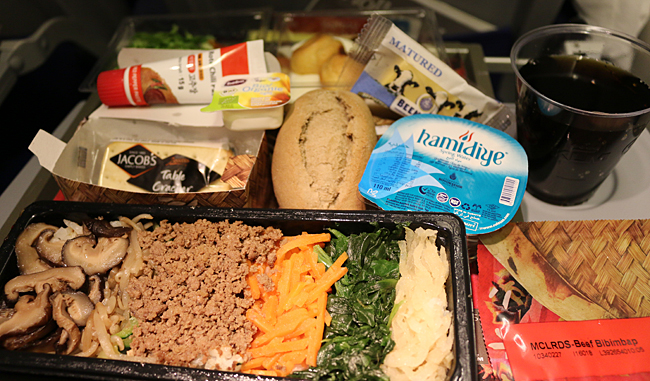
I completely disagree with this advice, as I have had some rather tasty meals aboard airplanes.
One of the best examples was a flight which was operated by Continental Airlines years ago from Los Angeles to Houston. I was seated in the first class cabin; and I was served a large bowl of mushroom ravioli with another large bowl of Caesar salad. That meal was so incredibly delicious that I still have not found to this day a mushroom ravioli that even approaches the quality of that which was served aboard that airplane.
Speaking of mushrooms, the best mushroom soup I ever had was aboard an airplane during a flight. I let the flight attendant know my thoughts when she asked me. To my surprise, she promptly returned with another steaming hot bowl of mushroom soup and a big smile. Although I did not purposely try to get another bowl, she went out of her way to do so — and I greatly appreciated it and thanked her profusely.
You would never believe that I do not particularly care for mushrooms.
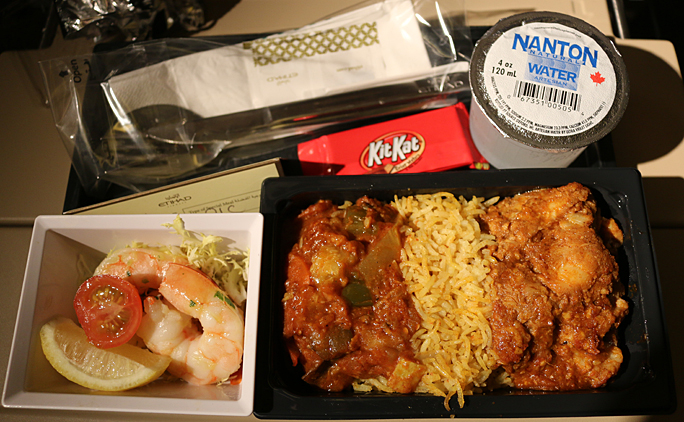
I have had countless other delicious meals during flights in my years of travel — both in the economy class cabin and the premium class cabin — and they were all included in the price of the airfare. I never purchase snacks or meals for an extra charge aboard an airplane, as they are usually overpriced.
The only advice about which I might acquiesce to Schrodt is this: “If you know you’re going to be on a long flight, just fill up your carry on with items from your grocery store — save a few bucks and get full.”
6. Watch Those “Express” Food Stations

Schrodt is correct when he says that places which offer “express” food stations “charge a lot and the food is typically prepared well in advance.” In fact, sometimes these establishments are not equipped with ovens. They may have perhaps a microwave oven or two at best to warm up the food; or heat lamps to keep food warm after it was cooked off site miles away.
Although Schrodt recommends a cheese plate as a safe way to go at one of these venues, you are usually better off bringing your own food or purchasing a food item from a different vendor.
7. Embrace the Chains
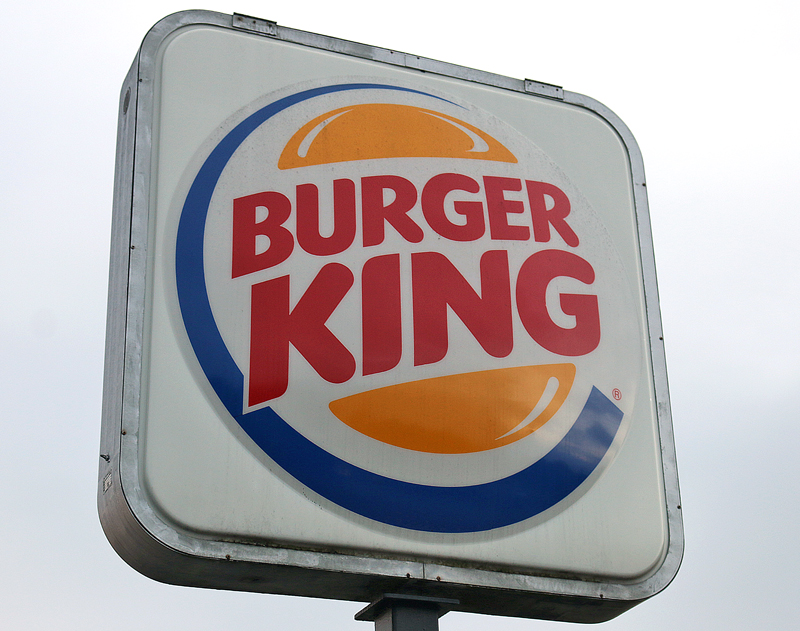
According to Schrodt, “Well-known, successful restaurants are desperate to keep their customers happy and their brand image in good standing.” Popular chain restaurants sign agreements to ensure that certain standards are maintained in ingredients and preparation of the food they sell — often at the same quality as locations outside of the airport.
I have nothing to add to this advice, as I agree.
Summary

I rarely purchase food at an airport; and never aboard an airplane. I try to dine before and after I travel — and during travel when either food is served aboard an airplane at no extra charge; and when I have access to a lounge, which usually has an array of different varieties of food offerings.
Ensuring that you enjoy food which is as fresh and as healthy as possible while traveling can be difficult at times; and you do not want to get sick before reaching your final destination. While they are not foolproof and completely guaranteed, following some of the tips in this article can help you ensure that you eat better while you travel — while simultaneously keeping a few more coins in your wallet or purse.
If you have any tips or tricks to offer which were not covered in this article, by all means please post them in the Comments section below.
All photographs ©2014, ©2015 and ©2017 by Brian Cohen.
